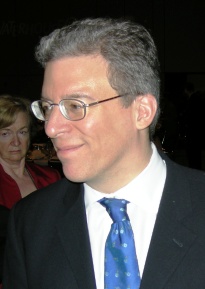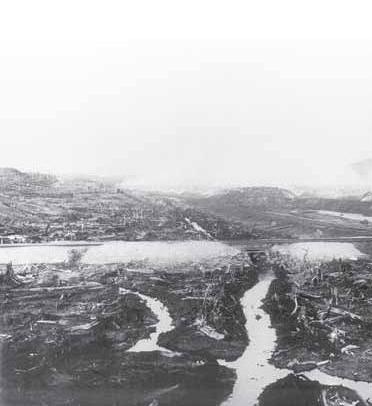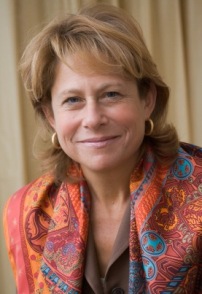Northern Life, Greater Sudbury’s community newspaper, gave Republic of Mining.com permission to post Bill Bradley’s article. www.northernlife.ca
Designing Out Trouble
(Final instalment of a four-part series) Sudbury Soils Study
Both Vale Inco and Xstrata have committed to being part of the solution and not the problem. They said that in a joint news release on May 13 after the release of the Sudbury Soil Study Human Risk Assessment.
The first necessity is better information about what emissions, such as dust, are being released.
Before the Sudbury Soils Study, the Ontario Ministry of Environment (MOE) conducted monitoring of air emissions at Nickel Street in Copper Cliff and Lisgar Street in Sudbury. In 2003, both companies agreed to fund an expanded air monitoring program, including samples of particulate matter (PM10) which is thought to be more relevant for inhalation into a persons’ lungs. In 10 locations, 20 monitors were set up. That data was used in the Sudbury Soil Study.



























